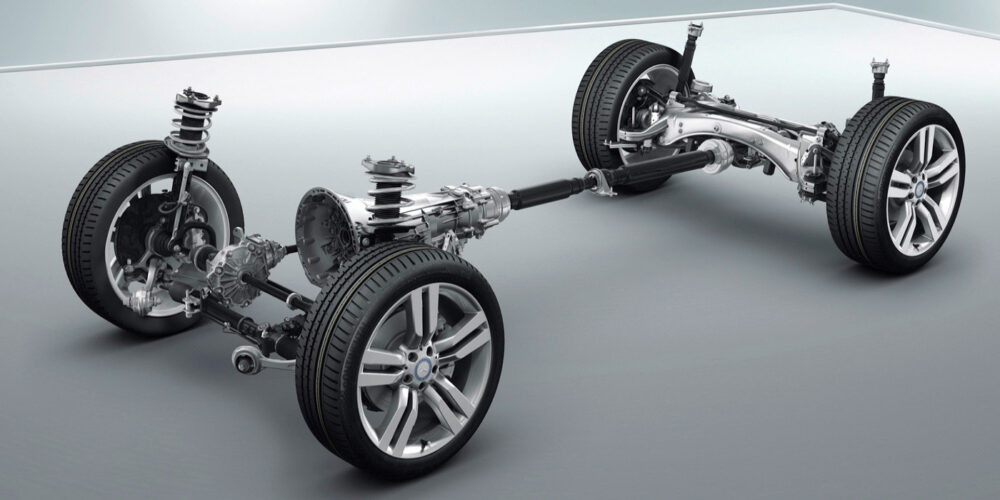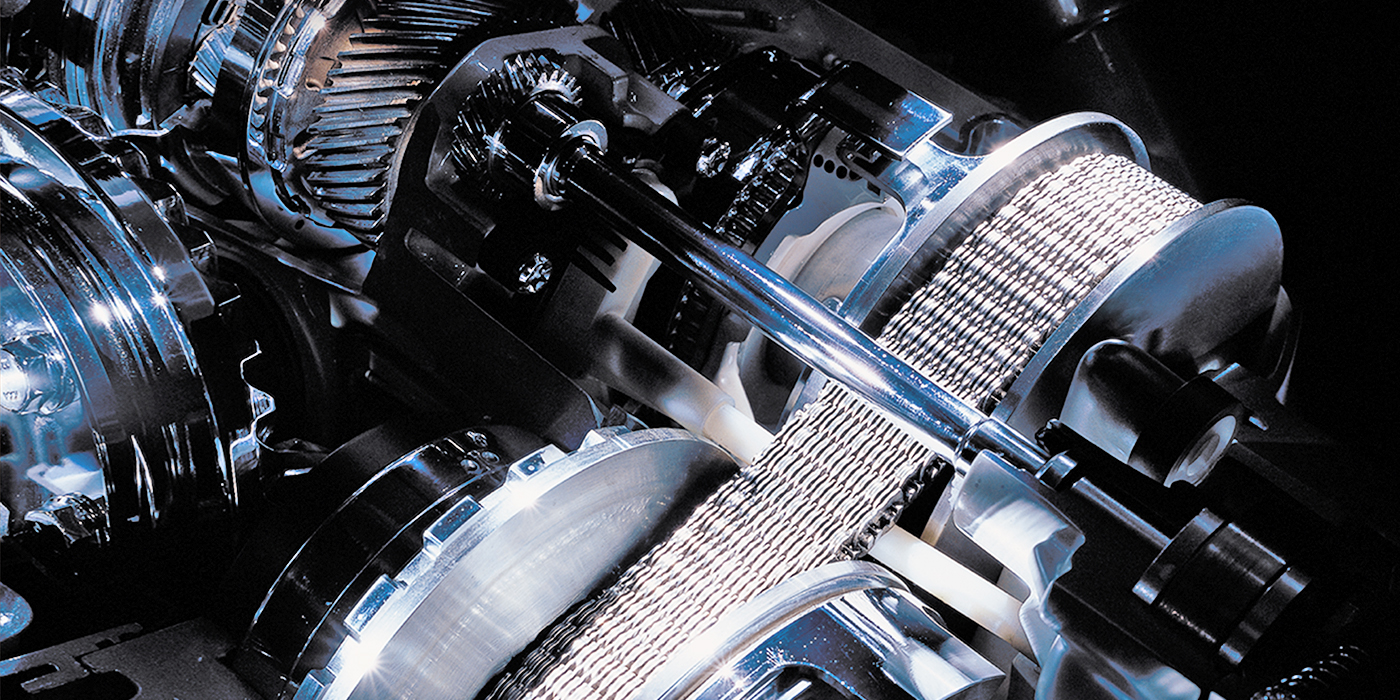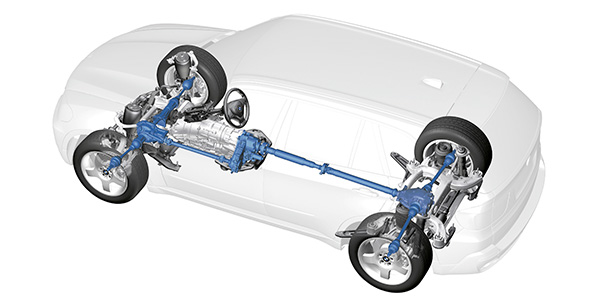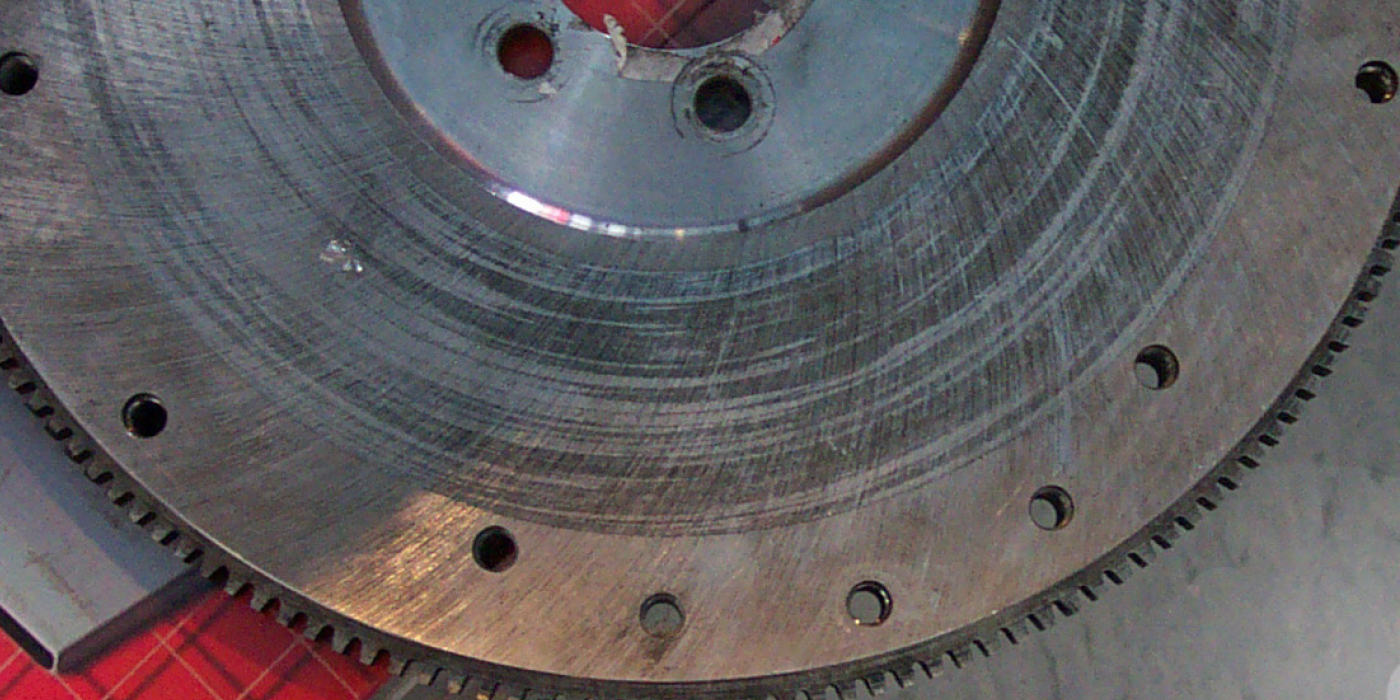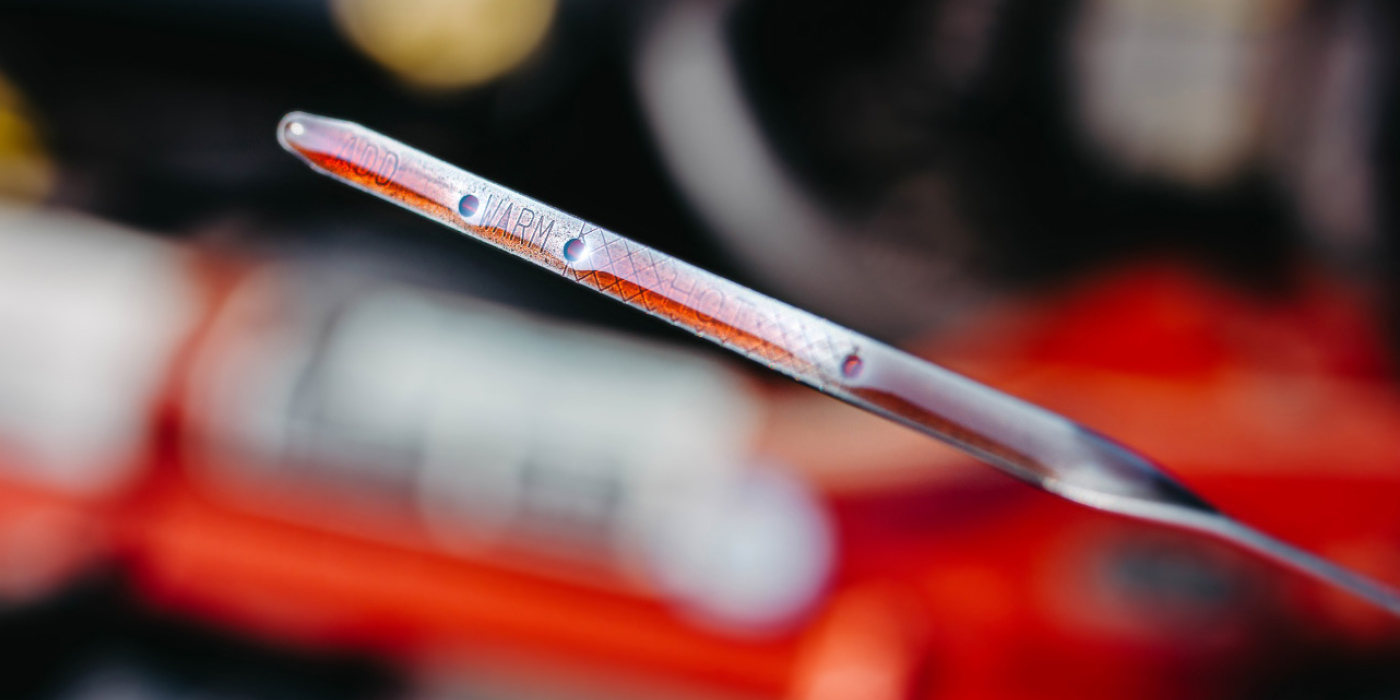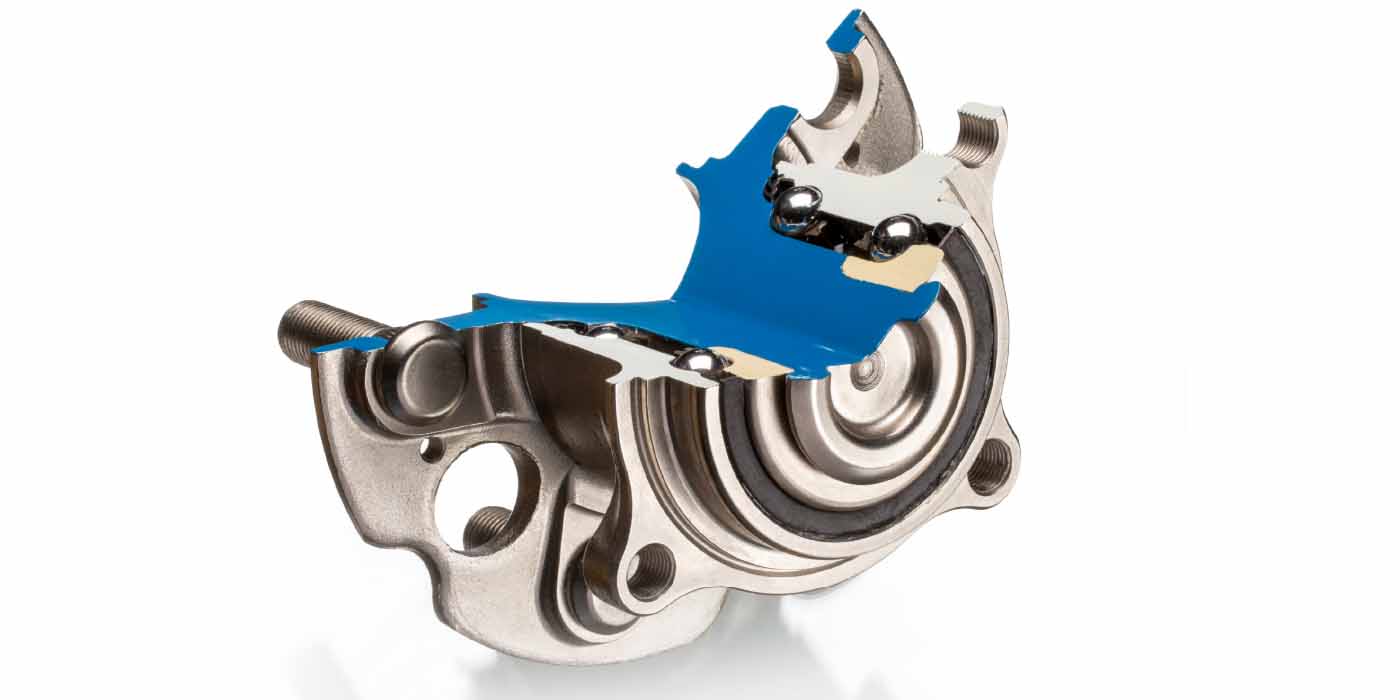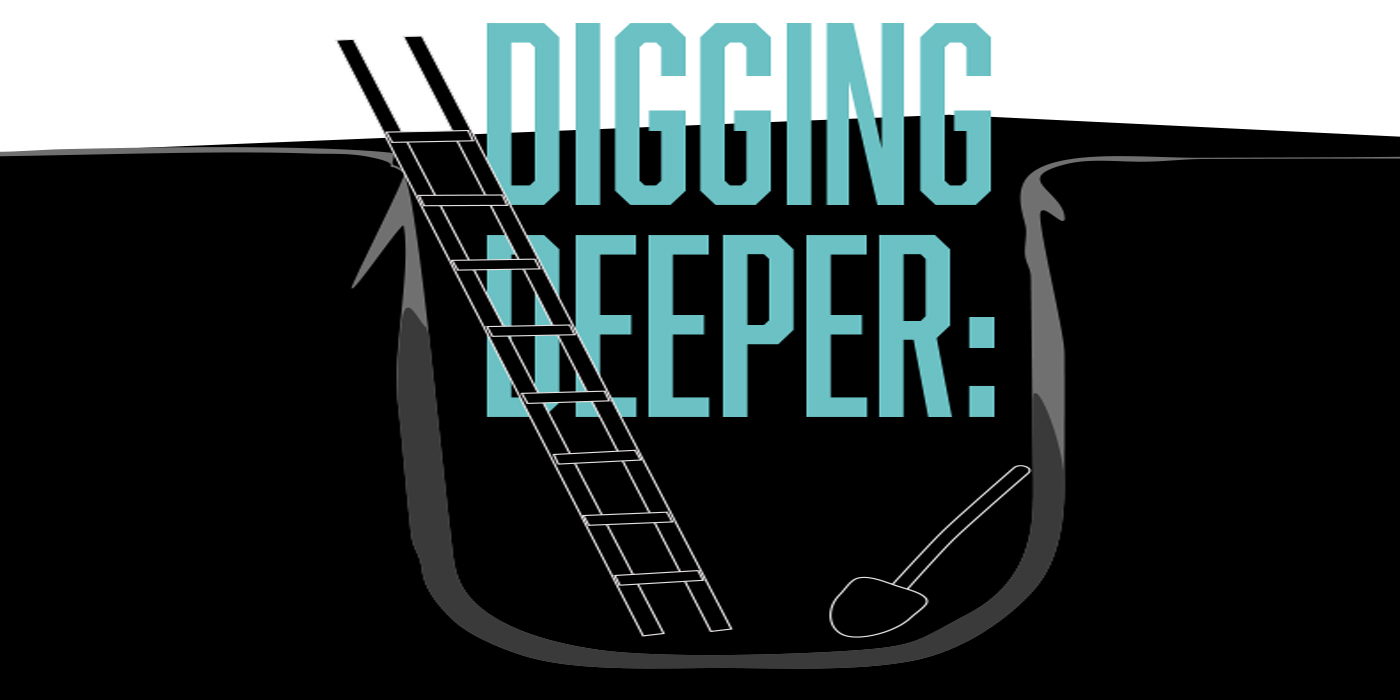This bulletin provides information about a change in the Sedona engine cooling fan. The Sedona engine cooling fan blades were redesigned as of Aug. 23, 2001 production to reduce fan noise. The new design may be used as a field fix for in-use complaint vehicles built before Aug. 23, 2001 production.
Repair Procedure:
1. Remove the two bolts and loosen the clamp on air intake duct, then remove the duct.
2. Remove the two bolts securing the hood latch to the upper radiator support.
3. Remove the three bolts at each end of the upper radiator support.
4. Release the four wiring harness clips from the upper radiator support.
5. Tilt the upper radiator support forward, and release the clip on the hood release cable. Remove the upper radiator support.
6. Remove the three cooling fan attaching bolts.
7. Disconnect the engine cooling fan connector. Remove the cooling fan, using care not to damage the radiator fins.
8. Install the new fan and re-assemble in reverse order of disassembly.
Note: Use caution when installing the upper radiator support to prevent pinching the wire harness or hood release cable.
For more information, visit: www.identifix.com.





